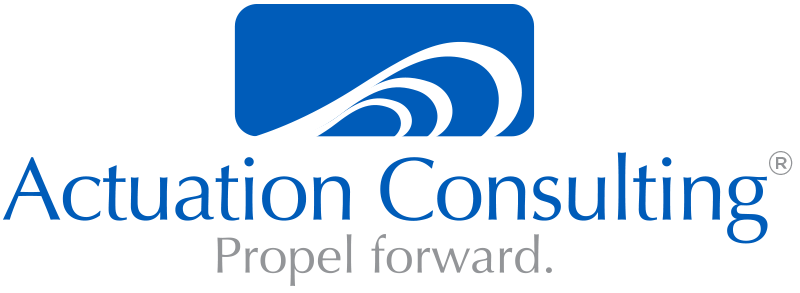Earlier this week Steven and I did a webinar for the good folks at Planbox. The topic was centered on Agile adoption rates and an unexpected finding that resulted from our recent global study of product team performance. The turnout was great and we received a robust set of questions from the audience that we couldn’t get to in the allotted time.
We normally post once a week but we decided to share some of their questions and our answers in this post. If you would like to see the full set of questions or if you want to listen to the webinar click on the Planbox hyperlink at the bottom of the post.
Questions and Answers
Q. Limited resources seems to play a major role in our company going full Agile. We don’t have a business analyst (BA), our Product Manager is part-time, and our development teams span across products. Is this a common roadblock or are we just not disciplined?
A. (Greg) – In my experience, fully implementing Agile is more resource intensive – not less. The Agile process is particularly demanding of a product manager’s time. Executive teams often don’t fully understand the resource intensive nature of Agile implementation and underestimate the need for additional resources. This frequently means that market-facing and more strategic activities suffer as the team devotes its energy to covering pressing tactical activities. This is costly in the long run. Under-staffing is not uncommon, particularly now, as organizations have aggressively downsized due to the current economic situation. However, to be most effective the team needs to be properly staffed.
Q. Is the high prevalence of waterfall because waterfall works (in some cases) or because Lean/Agile is hard to embed in the larger cultures?
A. (Greg) – I think there is truth to both of your comments. From my perspective, no single product development methodology is a panacea for all the types of product development challenges. So waterfall continues to be robustly used, even if the current conventional wisdom is that it’s “old school” and part of the past, because it’s effective when used under the right conditions, particularly within large and complex organizations with large and complex projects. Waterfall continues to have a tight hold on manufacturing type environments where predictability is highly valued.
(Steve) – The waterfall approach is much easier to govern for Senior Managers and Executives as opposed to an Agile approach. Especially, in a world where outside bodies are required to regulate the work, a waterfall approach is easier to explain and very deliberate in terms of deliverables. It may take “longer” but it may pass an audit much quicker. That reason alone is why some organizations are very pro-waterfall and why it’s still very prevalent throughout the industry.
Q. What do you think of “valve software-like” approaches with flat hierarchies and self-organizing teams?
A. (Greg) – I’m well known for being product development methodology agnostic. I believe that you have to select the best approach based upon what you’re trying to achieve, the skills available to you and the team, the level of available resources, etc. However, whenever you can have a streamlined and self-motivated team with an internally driven sense of purpose and high levels of commitment you’re more likely to succeed (in my experience).
(Steve) – I completely agree with Greg. Self-organizing teams, acting in the true spirit of getting the work done, despite role and organizational structure constraints, are extremely successful and valuable to an organization.The only word of caution is to ensure that “self-organizing” doesn’t mean ”self-governing.” A certain amount of organizational governance is still required to ensure the team is heading in the right direction based on organizational goals and objectives.
You can read the rest of our responses at Planbox’s blog.
Greg Geracie is a recognized thought leader in the field of product management and the President of Actuation Consulting, a global provider of product management consulting, training, and advisory services to some of the world’s most well-known organizations. Greg is also the author of the global best seller Take Charge Product Management. He is also an adjunct professor at DePaul University’s College of Computing and Digital Media where he teaches graduate and undergraduate courses on high-tech and digital product management.

